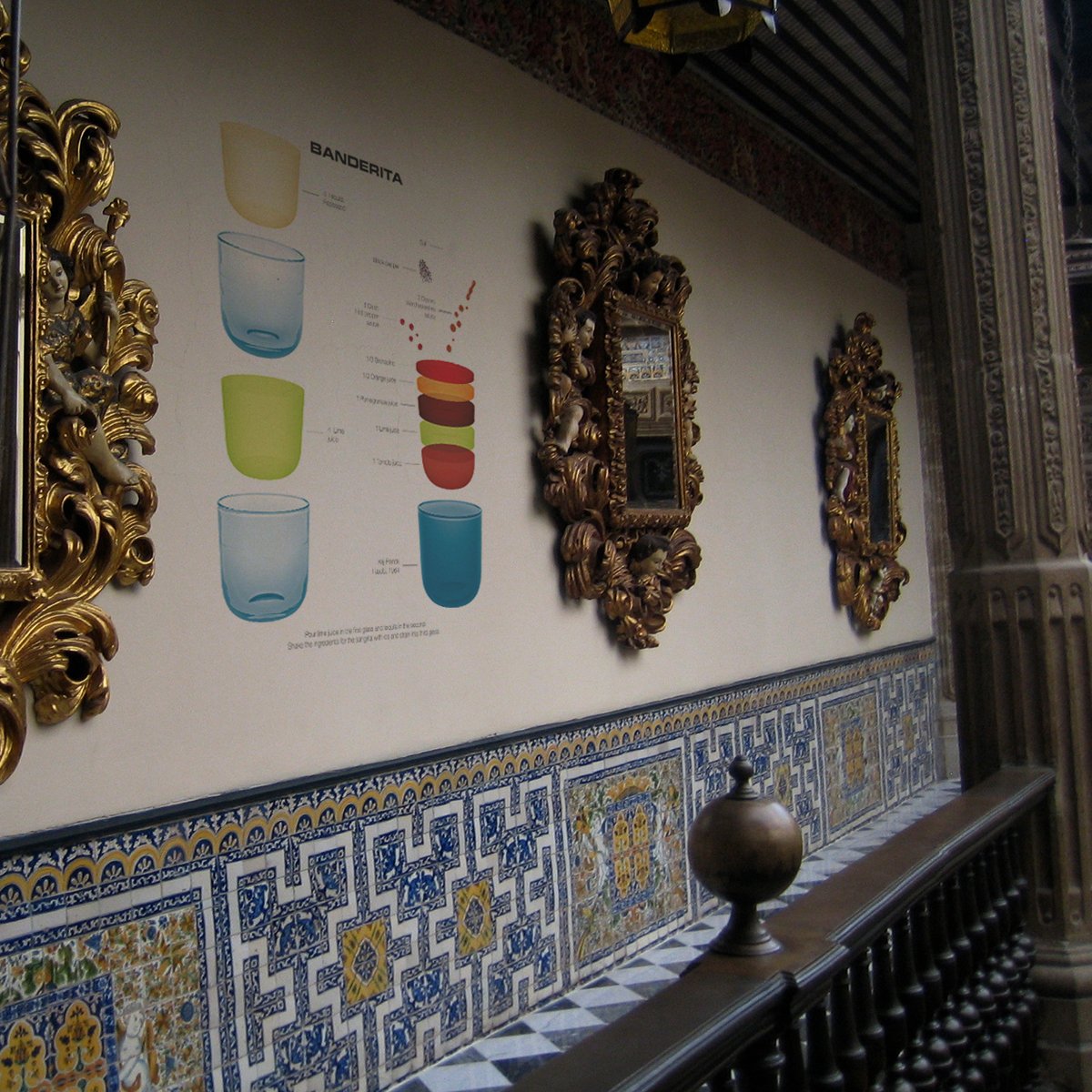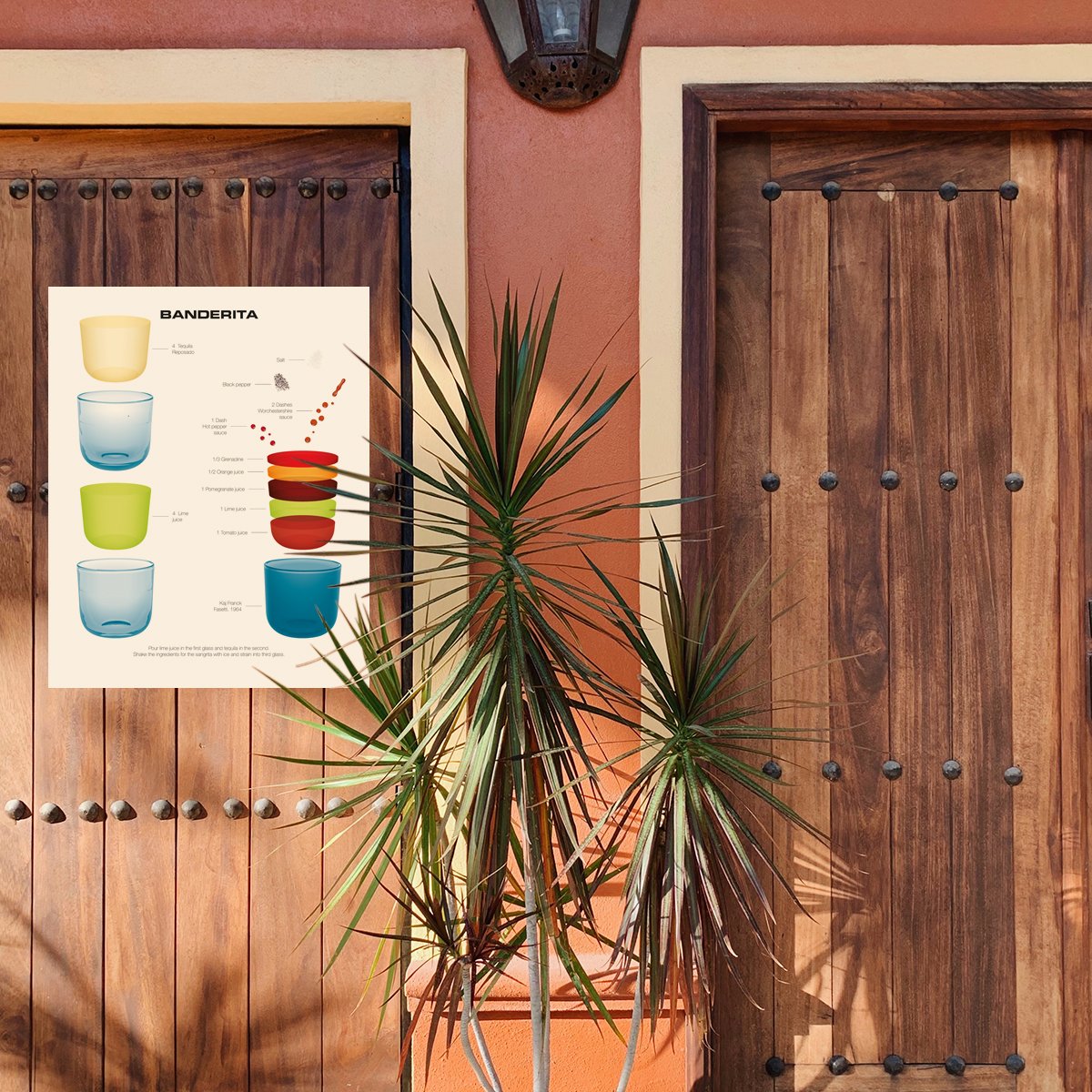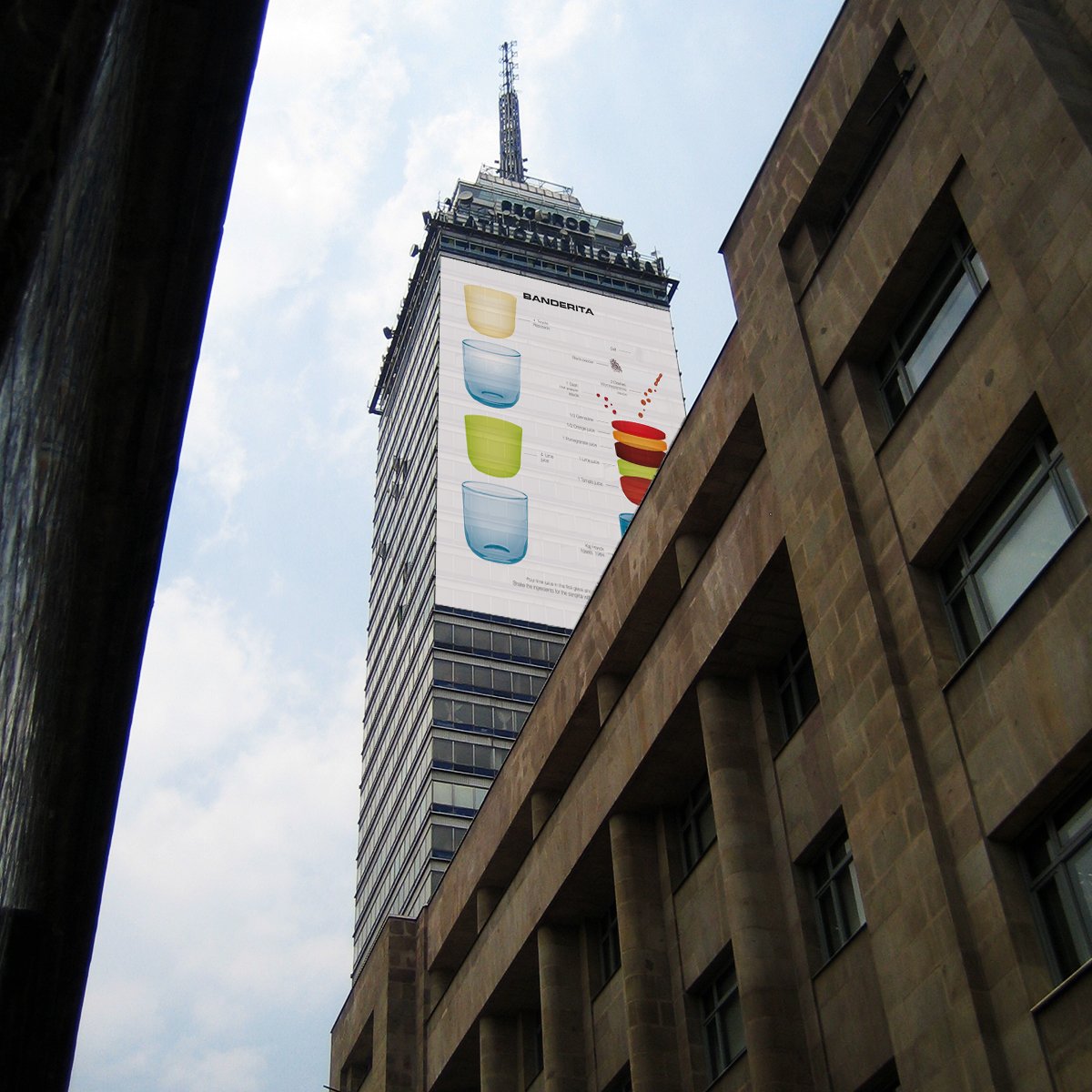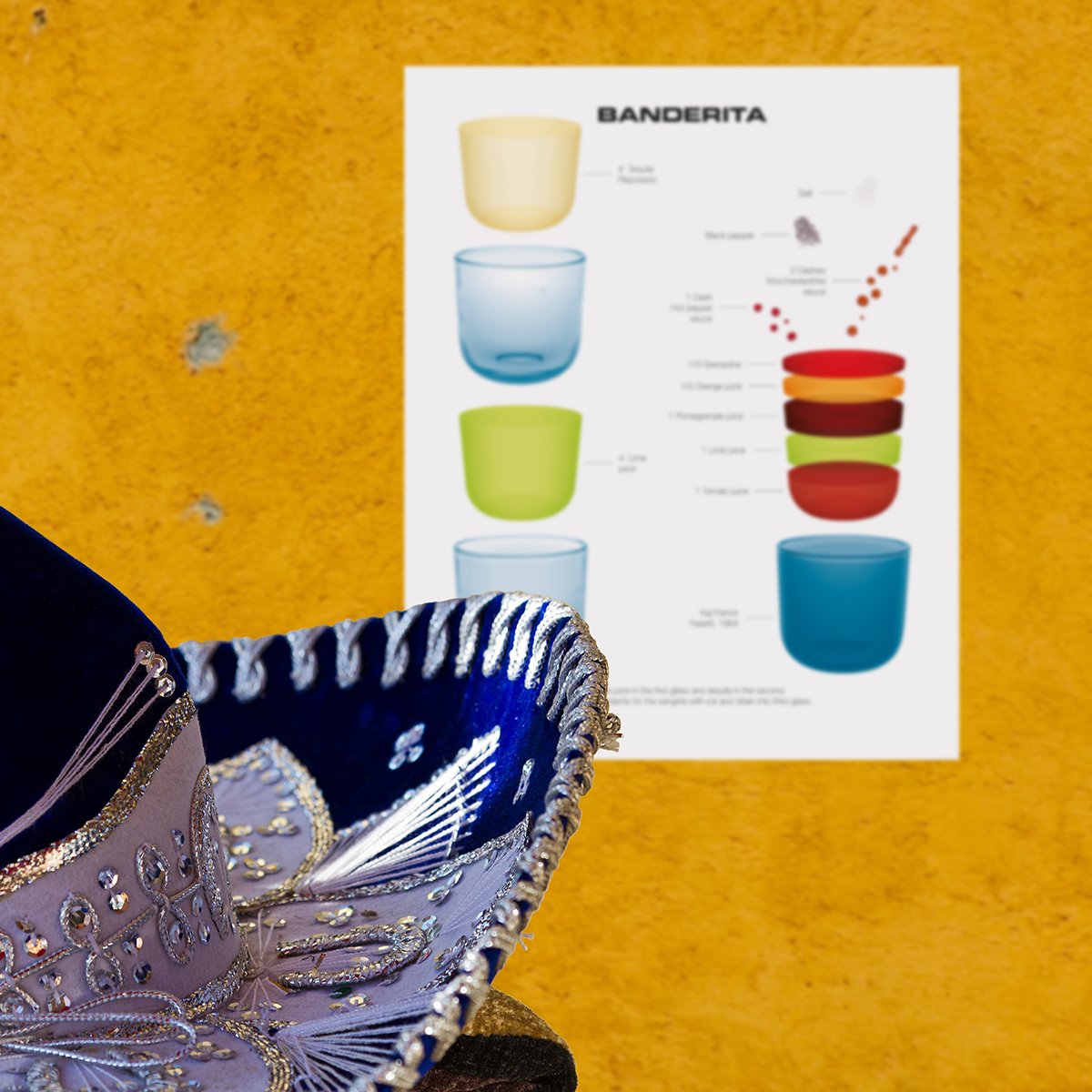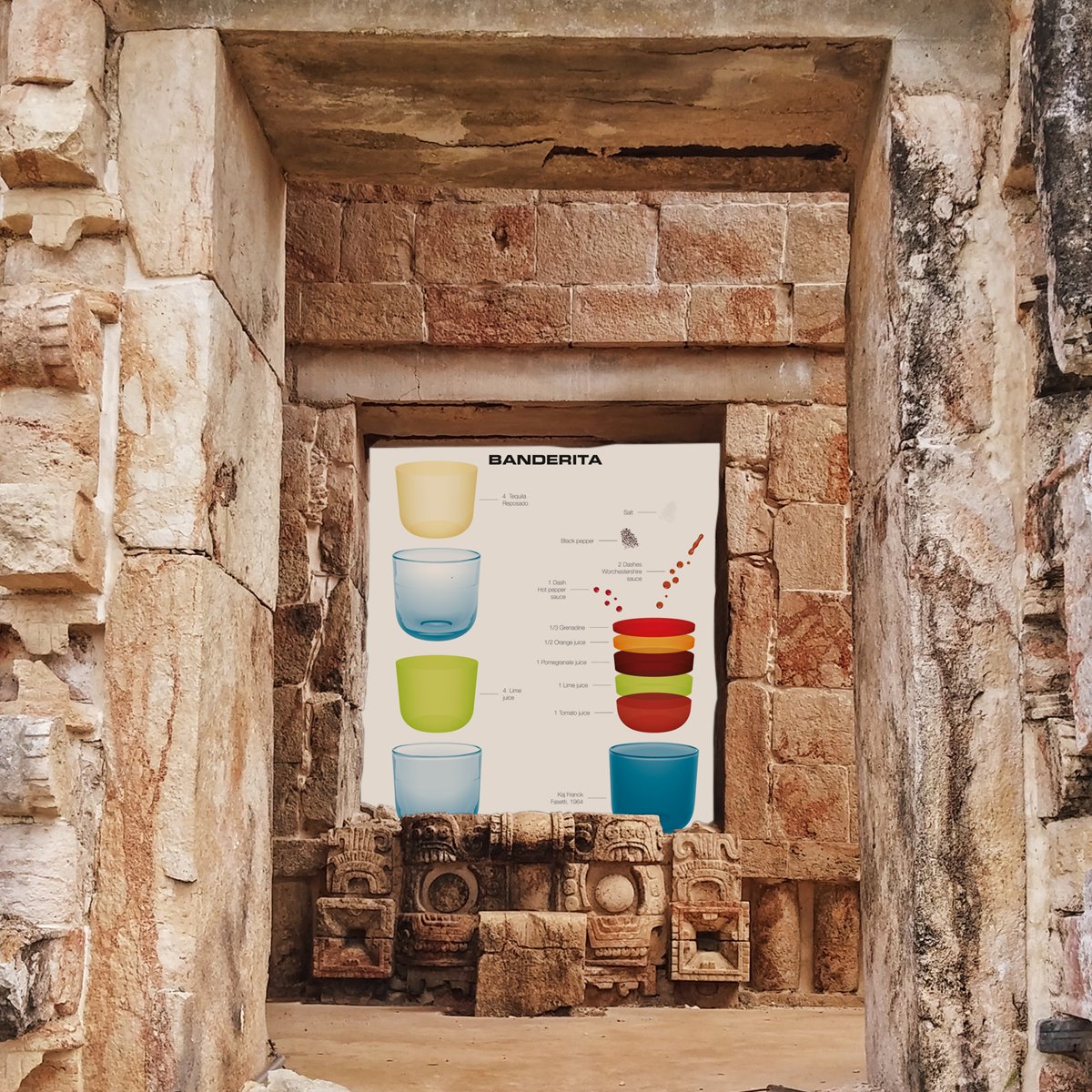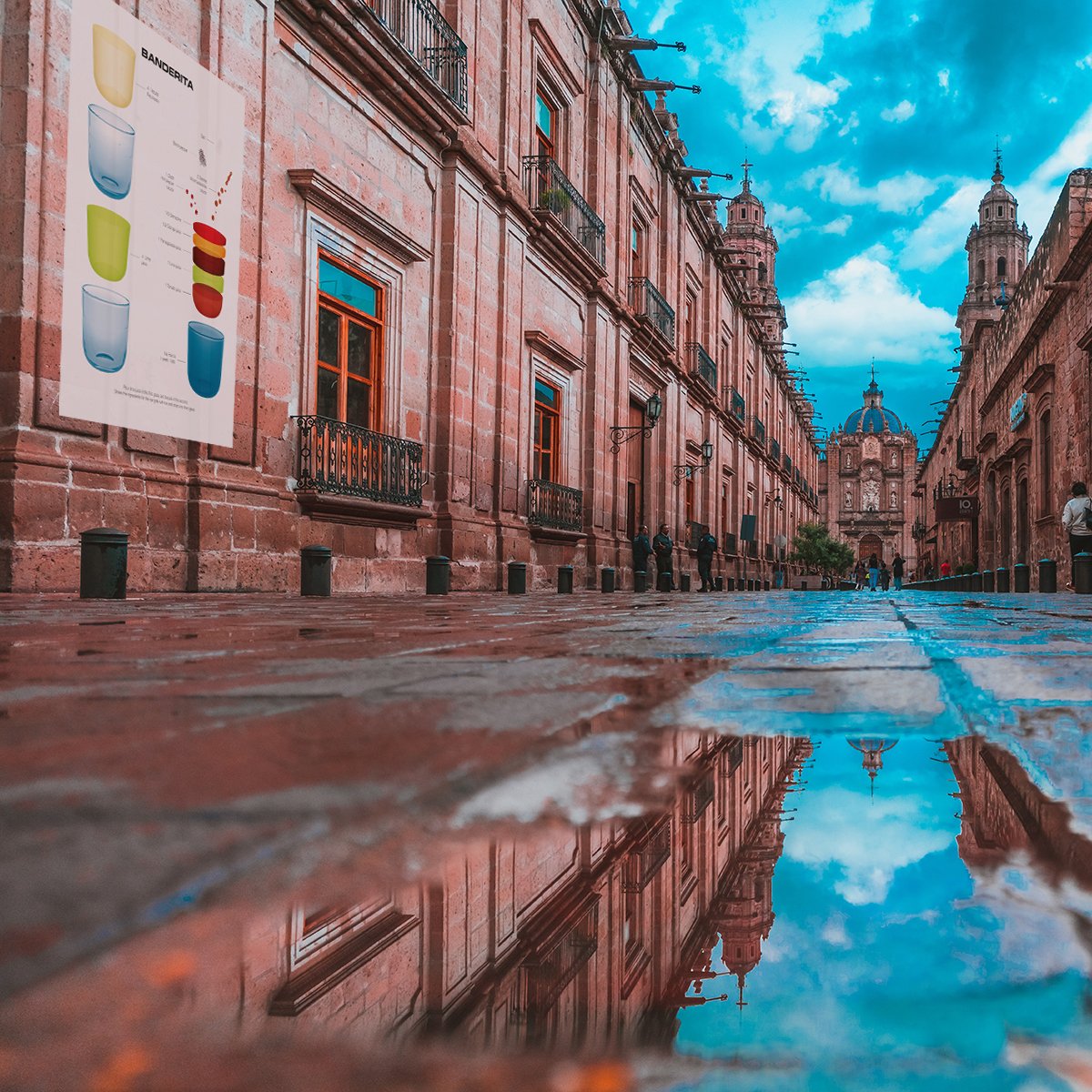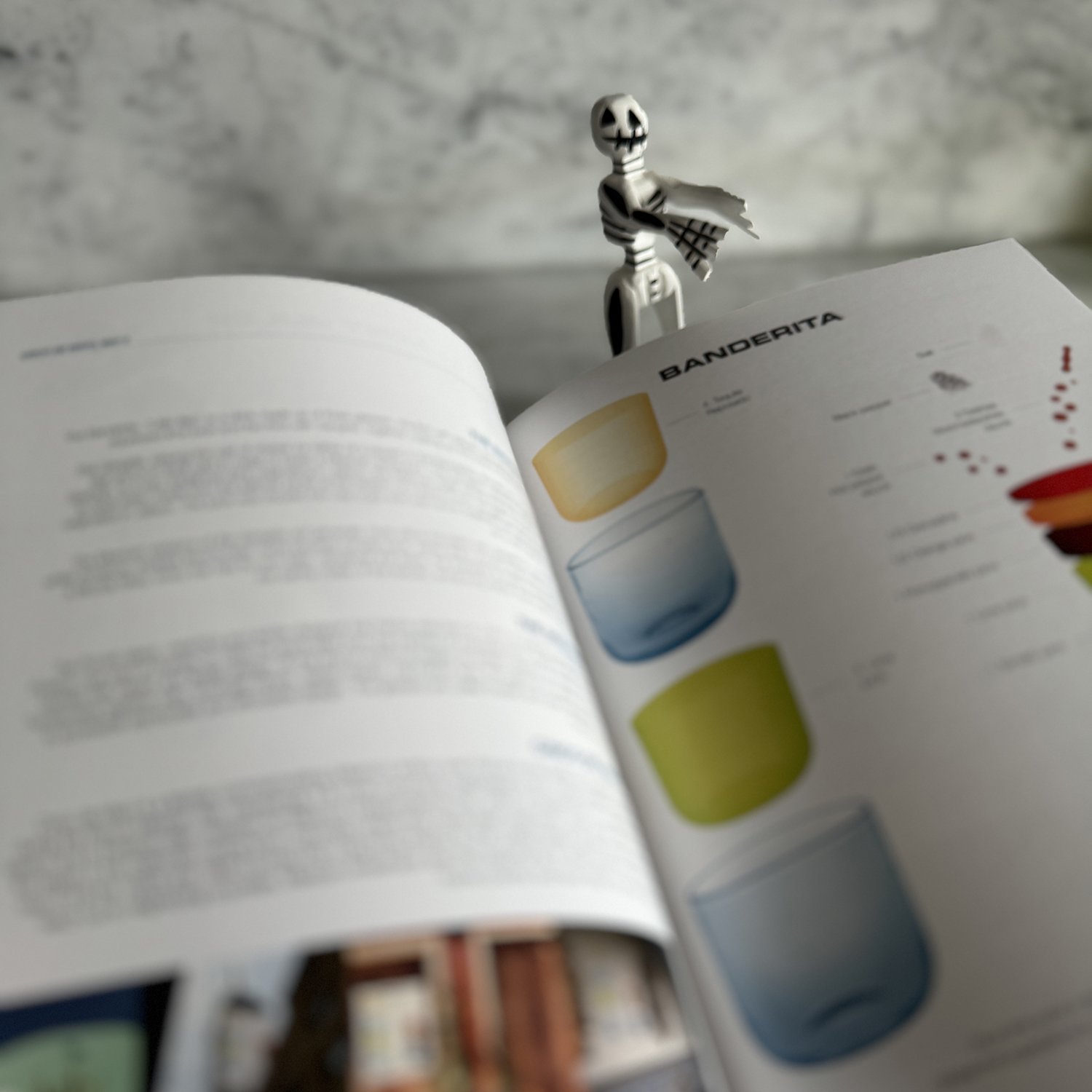The tequila brand Cenote initiated World Paloma Day as recently as in 2019 to promote the National Drink of Mexico. Cenote Tequila gets its name from the magnificent underground sweet water cave systems of the Yucatán Peninsula.
THE PALOMA
More popular in Mexico than the Margarita the Paloma, meaning dove in Spanish, might have gotten its name from a popular Mexican folk song from the 1860’s even though it was created almost 100 years after the song. The Paloma isn’t actually that commonly found on bar menus in Mexico. It is rather a drink you have at home, letting your guests mix their own from tequila and mixers. Squirt, the first grapefruit soda and commonly used in Palomas, was created in Phoenix, Arizona in 1938. It was advertised as a great mixer with tequila in 1950 but wasn’t actually exported to Mexico until 1955 so the cocktail probably saw the light of day sometime after that. It might have been the creation of Don Javier Delgado Corona the then owner and bartender at La Capilla in Tequila, Mexico. Correct or not, what is known is that Don Javier created another classic, the Batanga, in 1961. The Batanga is more or less a Rum and Coke with tequila instead of rum and, of course, with a salt rim.
THE DESIGNER
The Finnish designer Saara Hopea was born in Porvoo, Finland in 1925. She was the granddaughter of goldsmith Samuel Mika Westerlund where her father worked as a manager. After studying at the Central School of Industrial Design in Helsinki she worked at a metalsmith company before joining Nuutajärvi glassworks. During her career Hopea worked with jewelry design, enameling, textile design as well as glass design. The Stacking Glass was designed by Saara Hopea in 1951.
Feliz Cinco de Mayo
Cinco de Mayo is a festivity commemorating Mexico’s victory over France in the Battle of Puebla in 1862, during the Franco-Mexican War. Interestingly it is more commonly celebrated in the United States than it is in Mexico and is therefore often mistaken for Mexico’s Independence Day, which is September 16. Celebrations first began in the Californian mining town Columbia where they have been held every year since 1863. But it wasn’t until the 1950s it turned into a big thing thanks to the United States government’s effort to reach out to neighboring countries. Mexican-Americans saw the opportunity to take pride in their former home country and took May 5 to their hearts.
THE BANDERITA
The Banderita, “Little flag”, is a drink made up of three glasses, the first with tequila, the second with freshly squeezed lime juice and the third with Sangrita, together making up the colors of the Mexican flag. The Sangrita, playing the role of chaser (or rather of a sipper) in the Banderita, should be considered the star and is in itself said to make or break a Mexican restaurant. The Sangrita, meaning “Little blood” in Spanish, is a very traditional drink originating in Jalisco, the Mexican state where tequila is made. It is said to have been made from the leftover juices at the bottom of a bowl of pico de gallo. The juice was poured into clay cups and was drunk together with tequila after dinner as a well needed digestif. The Mexican versions of the Sangrita are generally more citrus focused with grapefruit, orange and lime whilst American recipes tend to lean more towards tomato juice, rather like a citrusy Virgin Mary. Whatever the base, the Sangrita is there to perfectly balance the earthy notes of the tequila, enhancing its flavor.
THE DESIGNER
The glasses are called Fasetti and were designed by Kaj Franck in 1964.
The Day Of the Skeleton
Día de los muertos is celebrated in Mexico on the first and second of November and the country is filled with skeleton decorations called Calacas in Spanish. Mexican academics have different views on whether the celebration is dating back to the pre-Hispanic Mayans and Aztecs and were integrated with the European customs or if it is simply an adaptation from the Medieval European All Saint’s Day and All Soul’s Day. Traditions that are observed on the same days in Europe, especially in Catholic Southern Europe where altars were made for the dead and sweets and breads were eaten in the shape of skulls and bones.
The celebrations in Mexico have however transformed into something typically Mexican and in 2008 it was made into a Cultural Heritage of Humanity by UNESCO.
During the Day of the Dead families make “ofrendas” for their deceased loved ones containing pictures and memorabilia of the dead along with their favorite food and drinks as a tribute. The ofrendas are also decorated with sugar skulls, calacas, Mexican marigold and papel picado (delicately cut out colored tissue paper).
Since Día de los muertos is a day to remember everything about the ones you loved it is more of a happy celebration of the dead rather than a sad reminiscing. This is why you will find decorations with skeletons doing everyday things like riding a bike, dancing or drinking. Why should people stop doing what they loved just because they turn into skeletons?
The pictures and sculptures of skeletons became incredibly popular in the early 1900s thanks to a political cartoonist called José Guadalupe Posada. He used calacas and calaveras (skeletons) for his political and cultural critiques. His most famous character is La Calavera Catrina, a satirical portrait of a Mexican aspiring to look like a European aristocrat.
¡Viva México!
Today, September 16, is Mexican Independence Day in memory of their independence from Spain in 1810. What better way to celebrate than to have a Banderita, “Little flag”, a drink made up of three glasses, the first with freshly squeezed lime juice, the second with Tequila and the third with Sangrita, together making up the colors of the Mexican flag.
The Sangrita, playing the role of chaser (or rather of a sipper) in the Banderita, should rather be considered the star and is in itself said to make or break a Mexican restaurant. The Sangrita, meaning “Little blood” in Spanish, is a very traditional drink originating in Jalisco, the Mexican state where tequila is made. It is said to have been made from the leftover juices at the bottom of a bowl of pico de gallo, a fruit salad popular in Guadalajara. The juice was poured into clay cups and was drunk together with tequila after dinner as a well needed digestif.
The Mexican versions of the Sangrita is generally more citrus focused with grapefruit, orange and lime whilst American recipes tend to lean more towards tomato juice, rather like a citrusy Virgin Mary, and just like a Bloody Mary, every bar has its own take. Whatever the base, the Sangrita is there to perfectly balance the earthy notes of the tequila, enhancing rather than masking its flavor.
The glasses are called Fasetti and were designed by Finnish designer Kaj Franck in 1964.
Sangrita
1 part Tomato juice
1 part Lime juice
1 part Pomegranate juice
1/2 part Orange juice
1/3 part Grenadine
1 dash Hot pepper sauce
2 dashes Worchestershire sauce
black pepper
salt
Shake all ingredients with ice and strain into glass.
¡Viva México!
¡Viva México, Viva La Paloma!
On September 16, 1810 the Roman Catholic priest Miguel Hidalgo y Costilla rang the bell of the church in Dolores, Mexico to rally the citizens of Dolores to revolt against the Spanish government. Even though he wasn't immediately successful this day is regarded and celebrated as Mexican Independence Day or the Grito de Dolores (Cry of Dolores). What better way to celebrate Mexico than to have a Paloma.
The Paloma, meaning dove in Spanish, is more popular in Mexico than the Margarita. It might have gotten its name from a popular Mexican folk song from the 1860’s even though it was created almost 100 years after the song.
Squirt, the first grapefruit soda and commonly used in Palomas, was created in Phoenix, Arizona in 1938. It was advertised as a great mixer with tequila in 1950 but wasn’t actually exported to Mexico until 1955 so the cocktail probably saw the light of day sometime in the 1950s. It might have been the creation of Don Javier Delgado Corona the then owner and bartender at La Capilla in Tequila, Mexico.
The Stacking Glass was designed in 1951 by the Finnish designer Saara Hopea.
Paloma
2 parts Tequila Reposado or Tequila Blanco
1/2 part Lime juice
1 pinch of salt
4 parts Grapefruit soda
Garnish with a lime wheel
Build ingredients in the glass over ice. Add the grapefruit soda and garnish with a lime wheel.
¡Viva México!
Mexital Cocktail
The Mexital Cocktail is the perfect blend of Mexico and Italy.
2 parts Tequila Reposado
2 parts Campari
1 part Triple Sec
1/2 freshly squeezed lime







